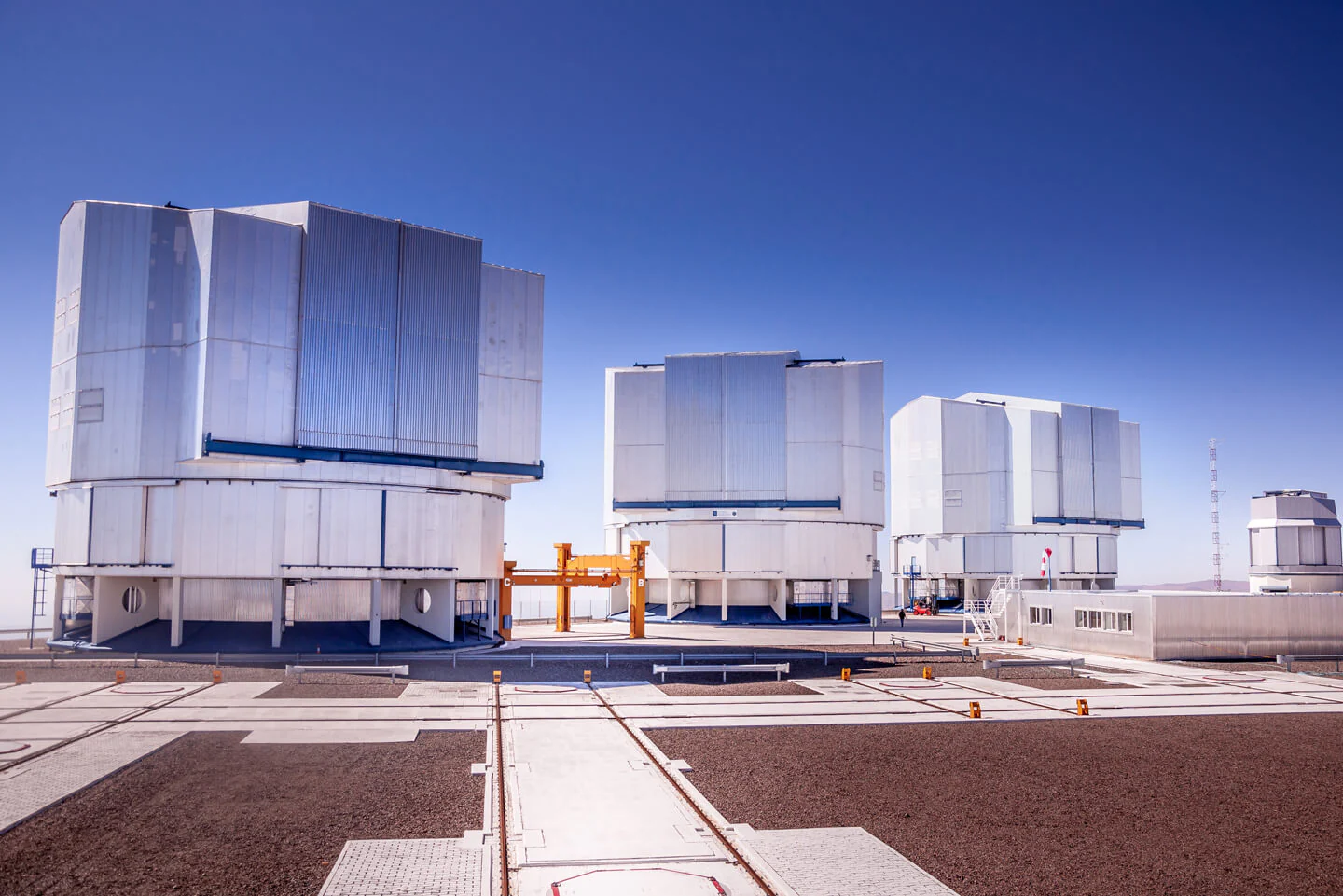The world’s highest astronomical site is now up and running with the opening of the Japanese University of Tokyo Atacama Observatory, or TAO. This ambitious project, in the making for 26 years, aims to delve into the evolution of galaxies and exoplanets. TAO sits atop the towering Cerro Chajnantor mountain in the Chilean Andes, towering at 5,640 meters (18,500 feet) above sea level, surpassing even the renowned Atacama Large Millimeter Array in elevation.
Perched high on Mt. Chajnantor, which translates to “place of departure” in the ancient Kunza language, TAO benefits from the region’s thin atmosphere and dry climate, ideal conditions for infrared telescopes. Yuzuru Yoshii, a professor at the University of Tokyo and the driving force behind TAO since 1998, expressed gratitude for overcoming the technical and political hurdles. From securing indigenous rights to coordinating with Chilean authorities and ensuring safe working conditions at such altitudes, Yoshii and his team navigated a complex web of challenges.
TAO’s centerpiece is its 6.5-meter telescope equipped with two advanced instruments designed for infrared observations. SWIMS will peer into the early universe, unraveling the mysteries of galaxy formation from cosmic dust and gas. Meanwhile, MIMIZUKU will focus on studying primordial dust disks, shedding light on the birth of stars and galaxies.
Researchers like Riko Senoo and Masahiro Konishi from the University of Tokyo are excited about the potential of TAO to revolutionize astronomical observations and inspire new discoveries. The observatory’s journey began with the installation of a 1-meter telescope, miniTAO, in 2009, which set a Guinness World Record for the highest astronomical observatory. Groundbreaking ceremonies and community involvement underscored the collaborative spirit behind TAO’s construction.
As TAO sets its sights on the cosmos, its legacy extends beyond scientific inquiry, symbolizing the harmonious convergence of technology, culture, and nature.















































